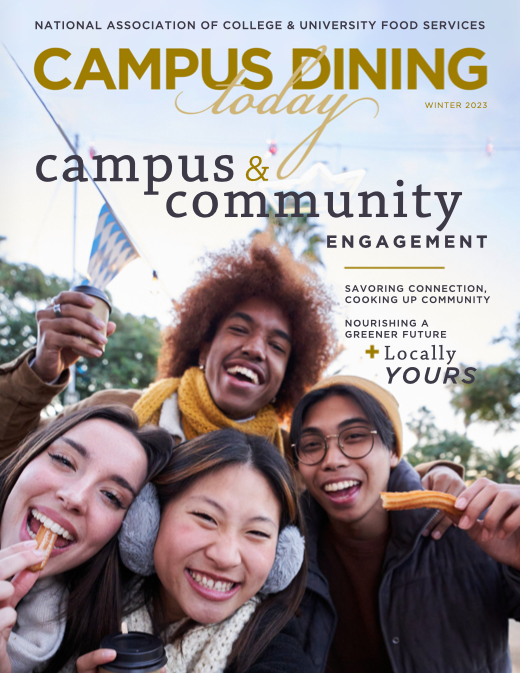The George Washington University (GW) rests in the heart of the Nation’s capitol, just a few
steps away from the White House, the Kennedy Center and a host of museums and monuments.
It is a place where students come from around the globe to have life changing experiences, make
positive impacts on the world, and build community. Our dining program, much like our city,
has a rich history. Previously, students received 100% declining balance and dined throughout
the District at more than 100 local restaurants and shops, went grocery shopping and prepared
meals in their residence hall or ordered meals to be delivered. In 2019, the GW Student
Association commissioned a survey to better understand how this declining balance plan affected
students. Several conclusions were produced as a result of that survey.
The first conclusion was students desired to build community, network and share ideas with one
another. Students concluded that shopping and preparing meals in their residence hall limited
their social interactions as they communed with the same group. Students felt that having dining
halls across campus would allow them to meet new people and build a community around
dining.
The next area that students focused on was food insecurity. According to Kiplinger, Washington,
D.C. is the fifth most expensive city in the United States to live. Dining in D.C. certainly reflects
that sentiment. Students would come to D.C. without experience managing a budget, dine
throughout D.C. daily and quickly run out of funds. This was an additional burden placed on
students, most of whom were away from home for the first time in their lives. The number of
student visits to The Store, GW’s student run food pantry, would climb significantly as the
semester wound down.


